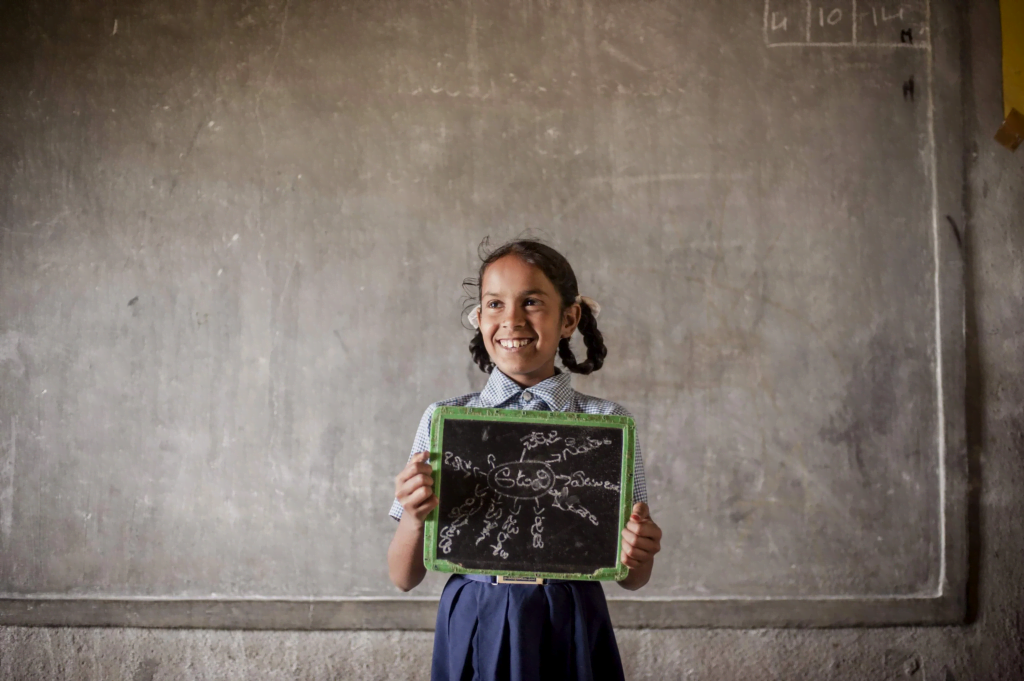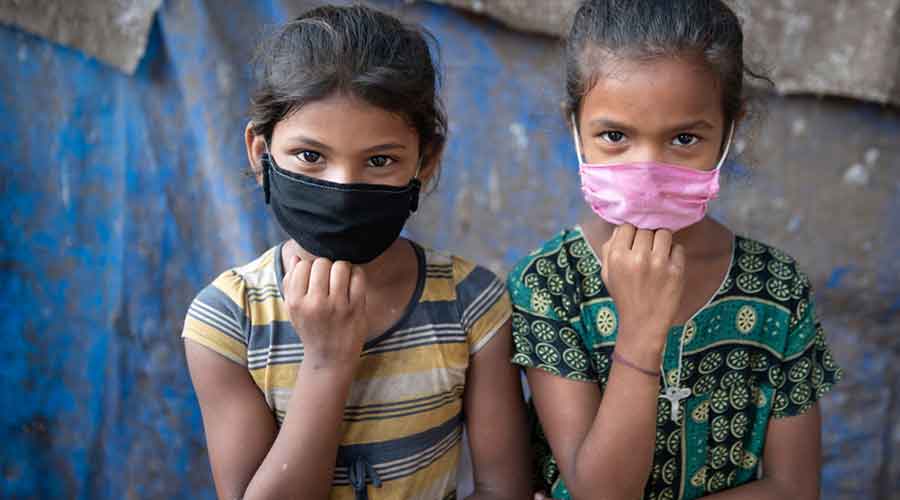October 11th is celebrated as the International Day of the Girl Child. While India has seen a significant improvement in the sex ratio (for every 1,000 men, India has 1,020 women according to the NFHS-5 data for the year 2019-2021, there are many more areas of concern that require immediate measures of redressal.
India still stands extremely low in the areas of women’s safety, access to healthcare, and education. As per data from the National Crime Records Bureau (NCRB), over 99 per cent of crimes registered under the Protection of Children from Sexual Offences (POCSO) Act in 2020 were against girls.
Girls continue to be the primary victims of sexual assault. A girl child is among one of the most vulnerable sections of society and there is an alarming need to protect them from crimes of sexual violence. Sexual violence against women in public spaces further becomes a huge barrier to equitable development as it limits mobility and access to services such as education, healthcare, and civic amenities.
Another worrying issue is the marriage of a girl child in India. Although the legal age for a girl to marry is 18 years, India is still home to the highest number of child brides in the world. As per a 2021 report by the UNICEF, around 1.5 million girls under the age of 18 get married in India every year. Over 16 per cent of all adolescent girls between 15 and 19 years of age are married.
The data by NFHS-5 highlights that the percentage of females aged between 6 years and above who ever attended school rose from 68.8 per cent in 2015-16 to 71.8 per cent in 2019-21. Though it is highly encouraging to see the enrolment of a high number of girls in school, the percentage of girls who continue their education is still low.

The same report by NFHS-5 indicates that only 41 per cent of females (15-49 years) have 10 or more years of schooling as compared to 50.2 per cent of men. It’s highly important to educate both girls and boys. It can not only help stop the practices like child marriage but also pave the way for the betterment of society.
The primary reason for illegal child marriages is lack of education, poor living conditions and gendered societal norms that still consider a girl child as a burden for the family. The bill to increase the legal age of marriage of girls from 18 to 21 had been proposed by the P.M of India, but, in order to achieve gender equality it is more important to take steps towards child education and improving healthcare services for them.
In order to truly celebrate girl’s child day, we as a society should take a step towards ending gender-based discrimination. Discrimination on the basis of gender often starts at home. If girls are treated equally in their homes and the family is supportive of their education and career, it offers them better chances at claiming more space and asserting agency
It is still a prevalent practice in society to discriminate between a girl and a boy child, right from their birth. A female child faces gender-based discrimination from the time she is born. Gender-based discrimination has a harmful affect on women’s health in India as suggested by a collaborative study by the All India Institute of Medical Sciences (AIIMS), the Indian Statistical Institute, Prime Minister’s Economic Advisory Council, and the Harvard University.
The access to healthcare services for women in India is also low. As per a study, only 37 per cent of women have access to healthcare facilities in India, as compared to 67 per cent of men. The Maternal Mortality Rate in India is also high, though it has decreased from 130 per 100,000 live births in the Sample Registration System (SRS) 2014-16 to 113 per 100,000 live birth in SRS 2016-18.
Also read: Educating The Girl Child: The Way Forward In Reversing Covid-Fueled Disadvantages

The healthcare sector in India needs more investment by government authorities. A higher percentage of GDP should be invested in healthcare to ensure the good health of children in India, especially girl children. The betterment in healthcare will not only help reduce the excess female mortality rate but also create an accessible environment for women. Healthcare facilities should also have equal care-seeking mechanisms for both girls and boys.
Introduction of policies to ensure that a girl child gets proper education and healthcare, encouragement of female participation in the workforce, increased female representation in policy-making and leadership roles, female safety measures in public spaces and severe punishment for sexual violence against women are some of the steps that contribute towards improving the status of the girl child in India
Gender disparity in India also leads to unequal opportunities. With the growing age, gender inequality results in lesser involvement of females in the formal workspace. Sometimes, girls’ families or their male counterparts do not allow them to take up a formal job despite their education and at times, girls are not educated enough to get a job.
The representation of women is low in decision and policy-making arenas as well, especially in places like parliament and state assemblies. Though some women in India have attained higher leadership positions in India, India has one of the lowest female labour participation rates in the world as per the World Bank. India stands at the 135th position out of 146 countries in the Global Gender Gap Report 2022.
The participation of women in senior and managerial positions in India also remains low. While only 17.1 per cent of board seats are held by women in 2022, only 3.6 per cent of board chairs are women. Additionally, the average estimated earned income of women in India is only one-fifth that of men’s as per a Global Gender Gap report by the World Economic Forum in 2021. India is one of the bottom 10 countries around the world to have such notable income gap between men and women.
The amount of time spent by women in unpaid work is 9.8 times higher compared to men as per a 2017 report by NITI Aayog.

In order to truly celebrate girl’s child day, we as a society should take a step towards ending gender-based discrimination. Discrimination on the basis of gender often starts at home. If girls are treated equally in their homes and the family is supportive of their education and career, it offers them better chances at claiming more space and asserting agency.
Both males and females should be treated equally at home and they should be educated about gender equality both at home and in schools. It’s also imperative to introduce a gender-responsive curriculum that will help shape a gender-inclusive society.
Introduction of policies to ensure that a girl child gets proper education and healthcare, encouragement of female participation in the workforce, increased female representation in policy-making and leadership roles, female safety measures in public spaces and severe punishment for sexual violence against women are some of the steps that contribute towards improving the status of the girl child in India.
Also read: The Girl Child And Her Search For An Identity Through Rights & Education
About the author(s)
Pragati Parihar is a masters student, studying International Relations at University College Dublin, Ireland, and is highly interested in topics such as feminism, gender based violence, and gender representation in politics. Also a travel enthusiast and an avid reader of mythology!





Well done Sister,I am proud of you.
The legal age to marry is 21 years now.